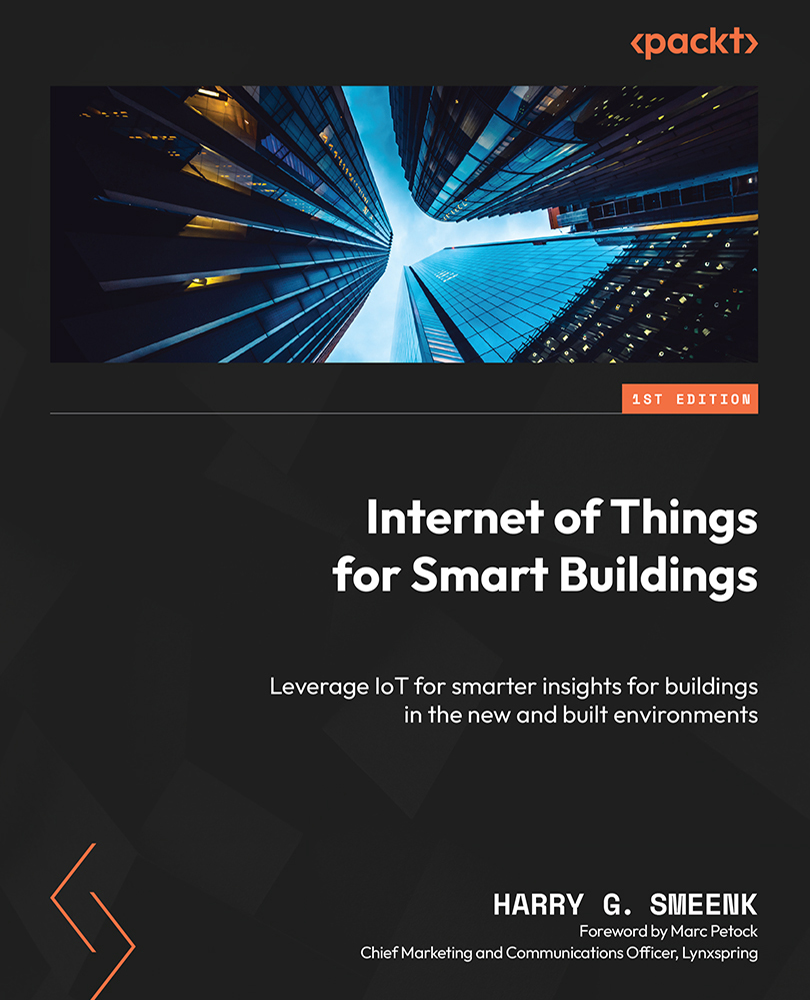Indoor positioning
Indoor Positioning Systems (IPS) refer to the technology and systems used to locate people and objects indoors. These systems are the backbone to support location-based indoor tracking systems such as way-finding, inventory management, people locators, and first responder location systems. There are several different technologies that can be implemented, and these are the most common:
- Proximity-based systems: These systems detect the general location of a person or object by using tags and beacons. These are generally low-cost systems and are used in manufacturing, industrial, and healthcare-type facilities:
- They can deploy reader-based dumb-tags that transmit their identification information continuously to reader devices, and based on the signal strength, the position can be collected and calculated.
- Another method is a reference-point-based system that uses low-energy beacons (BLE) as reference points. The tags use the reference points to calculate their...


























































